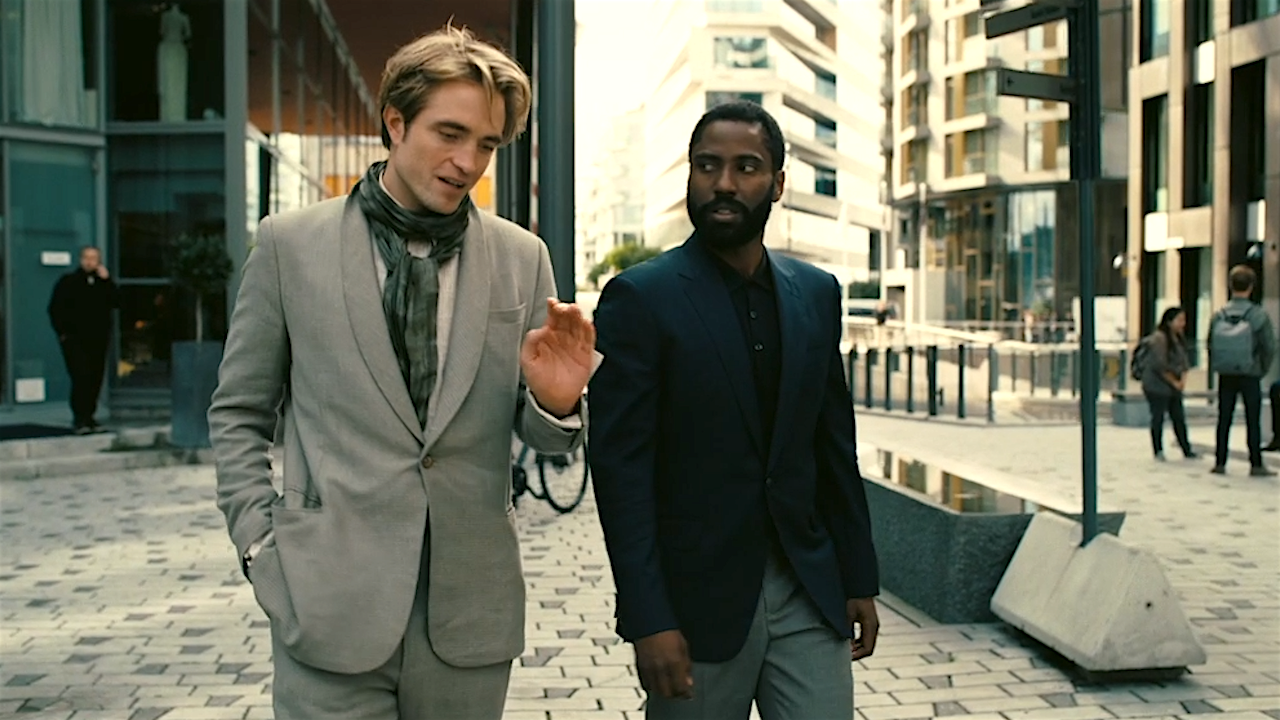Tenet’s Biggest Mysteries: Theories That Will Blow Your Mind
Christopher Nolan’s Tenet is a cinematic masterpiece that dives deep into time manipulation, cryptic dialogue, and paradoxical theories. It’s more than just a film—it’s an intellectual puzzle designed to challenge your perception of reality. From Neil’s mysterious identity to the origins of the Algorithm, fans have created countless theories to explain the film's intricate plot. Let’s explore some of the most fascinating Tenet theories, uncover the science of time inversion, and analyze the mysteries that still keep audiences intrigued.Neil Is Max: The Heartbreaking Connection
One of the most popular fan theories is that Neil (played by Robert Pattinson) is actually Max, the young son of Kat (Elizabeth Debicki).
- The Name Twist: Max is short for Maximilian, which, when reversed (a nod to the film's inversion theme), becomes "Neil."
- A Special Bond: Neil’s unwavering loyalty to the Protagonist hints at a deeply rooted relationship that transcends time.
- Timeline Loops: If Neil is Max, it aligns perfectly with the Protagonist recruiting Neil in the future and forming the Tenet organization.
This theory highlights the film’s circular storytelling. Explore Neil’s character on his fandom page.
The Protagonist Is the Architect of Tenet
In Tenet, the Protagonist plays a central role in fighting entropy, but what if he’s more than just a key player?
- Founder Theory: Many fans theorize that the Protagonist goes on to create the Tenet organization, ensuring the very events of the film take place.
- Dialogues as Clues: Lines like “You have a future in the past” imply that the Protagonist’s role extends far beyond what’s shown in the movie.
- Recruiting Neil: Neil reveals he was recruited by the Protagonist, indicating that their relationship spans years—or decades—in the film’s timeline.
Could the Protagonist be orchestrating the events of Tenet? Learn more about his role on the fandom page.
What Is the Algorithm? A Paradoxical Weapon
The Algorithm, a device capable of reversing the entropy of the entire world, remains one of the movie’s most enigmatic elements.
- Environmental Allegory: Some theories suggest the Algorithm was created in the future to combat environmental collapse caused by humanity.
- A Warning Against Absolute Power: Its division into nine parts and burial in the past symbolize humanity’s fear of its destructive potential.
- The Nature of Entropy: The Algorithm’s manipulation of entropy challenges the fundamental laws of physics. Learn more about entropy on Wikipedia.
This makes the Algorithm not just a plot device but a philosophical quandary.
The Sator Square: An Ancient Inspiration
The film’s use of the Sator Square adds another layer of complexity. This ancient palindrome has been discovered in ruins worldwide, making it a fitting symbol for Tenet.
- Names Derived from the Square: Characters like Andrei Sator (Kenneth Branagh) and the word "Tenet" are directly taken from the square.
- A Mirror to the Plot: The square’s symmetrical structure reflects the film’s non-linear storytelling.
This ancient artifact ties Tenet to real-world mysteries, adding depth to its narrative.
Theories Surrounding Sator: Villain or Pawn
Sator’s role as the film’s antagonist is undeniable, but was he just a pawn in the future’s larger scheme?
- Manipulated by the Future: Sator’s actions are driven by instructions from the future, hinting that he may not have understood the full implications of his choices.
- A Tragic End: Sator’s terminal illness adds complexity to his character, making him both a desperate villain and a tragic figure.
- Mirror to the Protagonist: Sator represents what the Protagonist could become if driven by despair rather than hope.
Learn more about Andrei Sator on the fandom page.
Hidden Details You Might Have Missed
Tenet is packed with small details that reward attentive viewers.
- Color-Coding Time: The film uses red and blue to distinguish between forward-moving and inverted timelines.
- Foreshadowing Through Dialogue: Key plot points are hinted at through cryptic conversations, rewarding multiple viewings.
- The Palindrome Structure: The very name Tenet and its plot symmetry reflect the film’s core theme of inversion.
These hidden gems make Tenet a masterpiece that demands—and rewards—repeated viewings.
Conclusion: Unraveling the Mystery of Tenet
Christopher Nolan’s Tenet is a film that challenges viewers to think beyond conventional storytelling. With its intricate theories, mind-bending plot twists, and philosophical undertones, it’s a movie that continues to spark debate. Whether it’s Neil’s true identity, the Protagonist’s future role, or the Algorithm’s purpose, Tenet is a story designed to be explored and theorized.











0 Comments